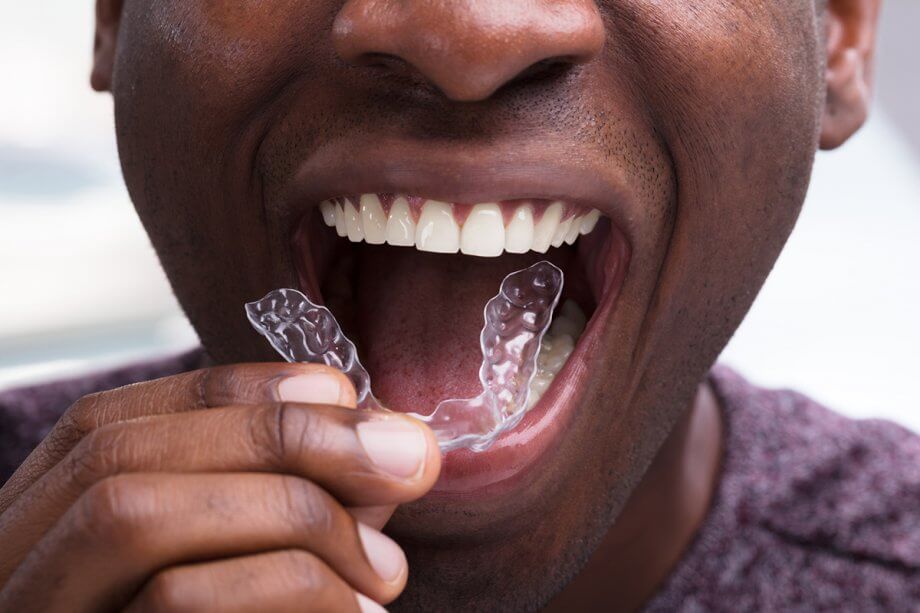More than 12 million people in the U.S. have aligned their smiles and corrected bite issues using Invisalign instead of traditional bracket and wire braces. Employing innovative alignment technology and a series of alignment trays, Invisalign can correct problems, including overbite, underbite, crossbite, and open bite. Invisalign can also straighten and align teeth that are crowded, crooked, slanted, and gapped. Read on for everything to know about how Invisalign works.
Invisalign Treatment: What to Expect
If you’re ready to correct your smile, scheduling a consultation with an experienced Invisalign provider is the first step. During your consultation, your dentist will perform a visual examination of your mouth. You will have x-rays and painless digital 3D scans of your mouth. The examination and x-rays will be used to rule out any underlying conditions, including gum disease, that could potentially delay treatment. If your dentist determines you are a good candidate for Invisalign, they will use the 3D scans of your mouth and teeth to design your treatment plan.
Before you leave the office, you’ll also be able to view a digital image of what your smile will look like once you complete treatment. If you decide to proceed with Invisalign, your dentist will design your treatment plan and send it along with your images to the lab to create your Invisalign trays.
Your journey towards a straighter, healthier smile will begin with the first set of alignment trays.
Made of clear, smooth, BPA-free plastic, the alignment trays fit snugly on your teeth. Each set of trays is designed to be slightly more aligned than your teeth. As you wear the trays, your teeth gradually begin shifting to line up with the tray. You'll wear each set of trays for 2-3 weeks before graduating to the next set of trays in your series.
Some patients may need to have Invisalign attachments, known as buttons, bonded to the surface of some of the teeth to correct bite issues or for teeth that need a little extra pressure to move. Buttons are tooth-colored resin bonded to the teeth.
Other patients may need to use elastics during treatment. Elastics are generally only required to correct a moderate bite problem. Some patients may also need Invisalign trays with mandibular advancement (wings) to help shift the jaw into alignment.
It is crucial that you wear your Invisalign trays for 20-22 hours each day. They should only be removed when eating or drinking a beverage other than water. You may also remove the trays to replace them with a mouthguard if you engage in sports.
You need to practice good hygiene habits with your trays. They should be brushed twice a day when you brush your teeth. This will keep them clean and prevent debris or bacteria from accumulating.
Once you’ve completed treatment with Invisalign, you’ll initially need to wear a retainer for most hours of the day. Over time, your dentist will let you know when you can transition to wearing it less or only wearing it at night.
Schedule an Invisalign Consultation in Farmington, CT Today
If you’d like to learn more about Invisalign, contact us at 860-677-8666. Our dentists at Dental Associates are highly experienced with Invisalign treatment. Recognized as “Best Dentists” by Hartford Magazine, our team is eager to help you achieve a smile you can’t wait to flash at others. For your convenience, we begin seeing patients at 7:15 am Monday - Friday. We also offer Saturday appointments.

